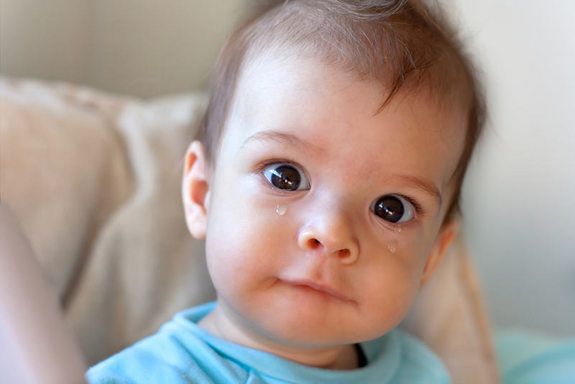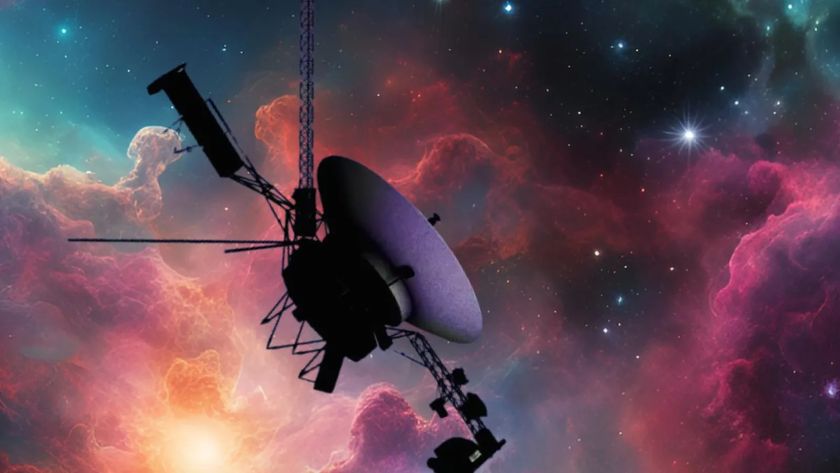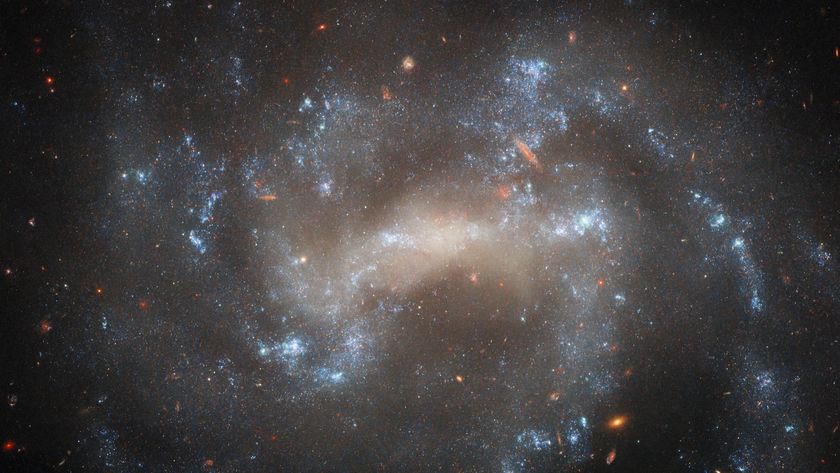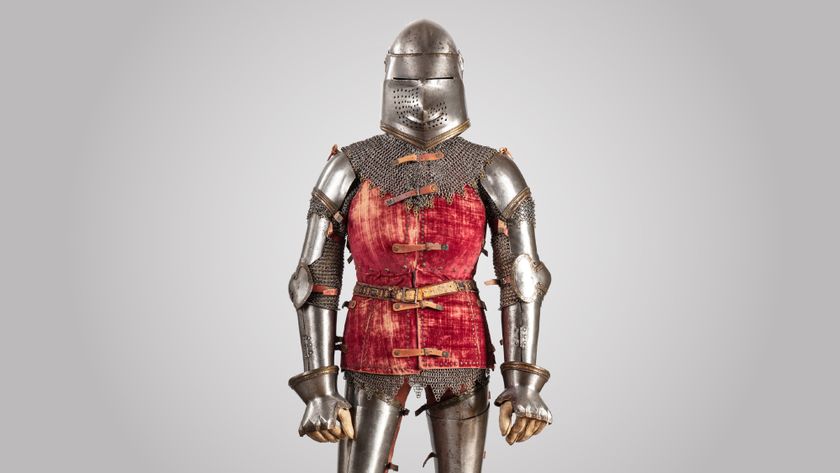Baby Love May Be Hard-Wired in Human Brain

An infant's doting eyes and chubby cheeks can send many people into a heartwarming swoon. Turns out, rather than the heart, that lure of tots may stem from specific brain circuits, new research suggests.
The results, detailed in the journal NeuroImage, suggest such brain-activity patterns may represent some deep biological impulse driving adults' interactions with kids.
They also build on past research suggesting an evolutionary link between the cuteness factor of babies and caregiving by adults. And while some past studies have involved parents, this one found a link with those who had no children.
"These adults have no children of their own. Yet images of a baby's face triggered what we think might be a deeply embedded response to reach out and care for that child," senior author Marc H. Bornstein, head of the Child and Family Research Section of the Eunice Kennedy ShriverNational Institute of Child Health and Human Development, said in a statement.
Bornstein and colleagues showed seven men and nine women a series of photos while recording their brain activity with a functional magnetic resonance imaging (fMRI) scanner. The participants viewed images showing the faces of puppies, kittens, full-grown dogs and cats , human infants and human adults.
When viewing human infants, participants showed brain activity in regions that would typically "light up" just before picking up a child or talking to an infant, the researchers noted. The pattern didn't show up when participants looked at photos of animals, even baby animals. [World's Cutest Baby Animals]
Specifically, the team found increased activity in the premotor cortex and the supplemental motor area (both right under the crown of the head). These regions direct brain impulses just before voicing something or physically moving.
Sign up for the Live Science daily newsletter now
Get the world’s most fascinating discoveries delivered straight to your inbox.
Increased activity related to seeing infant faces was also found in the fusiform gyrus, on each side of the brain near the ears, a brain area linked to facial recognition. The other regions activated were related to emotion and reward and included areas deep in the brain called the insula and the cingulated cortex.
Past studies have suggested activity in these brain areas is linked with parents responding to their own infants. Other research has also found young women are better than men as well as older women at spotting cute baby faces. In that study, women on the pill were quicker at spotting a cute infant than those not on the pill, suggesting sex hormones are involved in the phenomenon.
The new study involved researchers from the National Institutes of Health, the University of Tübingen in Germany, the University of Trento in Italy, the RIKEN Brain Science Institute in Saitama, Japan, and the Max Planck Institute for Biological Cybernetics and Eberhard Karls University, both in Tübingen, Germany.
Follow Live Science for the latest in science news and discoveries on Twitter @livescience and on Facebook.
Jeanna Bryner is managing editor of Scientific American. Previously she was editor in chief of Live Science and, prior to that, an editor at Scholastic's Science World magazine. Bryner has an English degree from Salisbury University, a master's degree in biogeochemistry and environmental sciences from the University of Maryland and a graduate science journalism degree from New York University. She has worked as a biologist in Florida, where she monitored wetlands and did field surveys for endangered species, including the gorgeous Florida Scrub Jay. She also received an ocean sciences journalism fellowship from the Woods Hole Oceanographic Institution. She is a firm believer that science is for everyone and that just about everything can be viewed through the lens of science.












